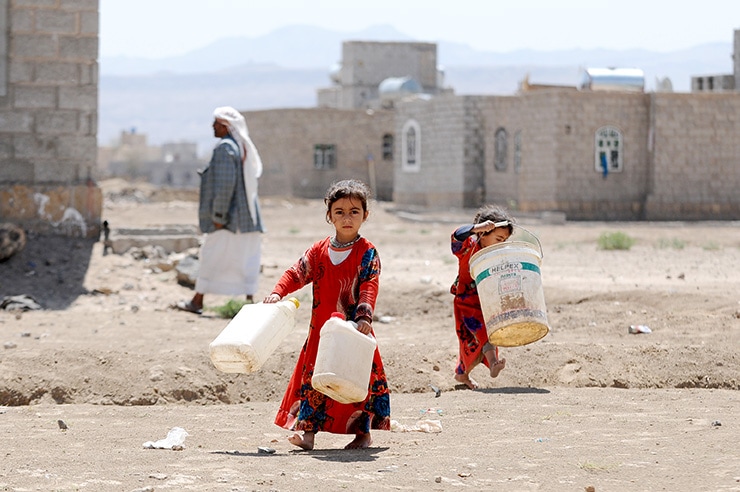nagoyasuzukiamerica.com – Yemen, a country already grappling with socio-economic challenges, faces another formidable adversary: climate change. The impacts of climate change in Yemen are profound and multifaceted, affecting its environment, economy, and the very livelihoods of its people. This article explores the various dimensions of climate change impacts on Yemen’s environment and potential adaptation strategies.
Rising Temperatures and Erratic Rainfall Patterns
Yemen is experiencing rising temperatures and increasingly erratic rainfall patterns. These changes disrupt traditional agricultural practices and lead to severe droughts and floods. The altered climate conditions result in decreased agricultural productivity, threatening food security in a country where many rely on agriculture for their livelihoods.
Water Scarcity and Desertification
One of the most pressing environmental challenges in Yemen is water scarcity. Climate change exacerbates this issue by reducing water availability and increasing the frequency of droughts. The country faces rapid desertification, which not only affects agriculture but also threatens biodiversity and increases the risk of natural disasters.
Impact on Biodiversity and Ecosystems
Yemen’s rich biodiversity is under threat due to climate change. The rising temperatures and changing rainfall patterns disrupt ecosystems, altering habitats and threatening the survival of many species. Protecting Yemen’s biodiversity requires urgent action to mitigate the adverse impacts of climate change.
Socio-Economic Implications
The environmental impacts of climate change have significant socio-economic implications for Yemen. Reduced agricultural output and water scarcity contribute to poverty, food insecurity, and social instability. The compounded effects of climate change and ongoing conflict further strain the country’s resources and resilience.
Adaptation and Mitigation Strategies
Addressing the impacts of climate change in Yemen requires comprehensive adaptation and mitigation strategies. Efforts should focus on sustainable water management, reforestation, and the promotion of climate-resilient agricultural practices. International support and collaboration are crucial in building Yemen’s capacity to adapt to climate change and secure a sustainable future.
Conclusion
Climate change poses a significant threat to Yemen’s environment and its people. Understanding and addressing these challenges is critical to ensuring the country’s resilience and sustainability. Through strategic adaptation and international cooperation, Yemen can work towards mitigating the impacts of climate change and protecting its unique environmental heritage.
